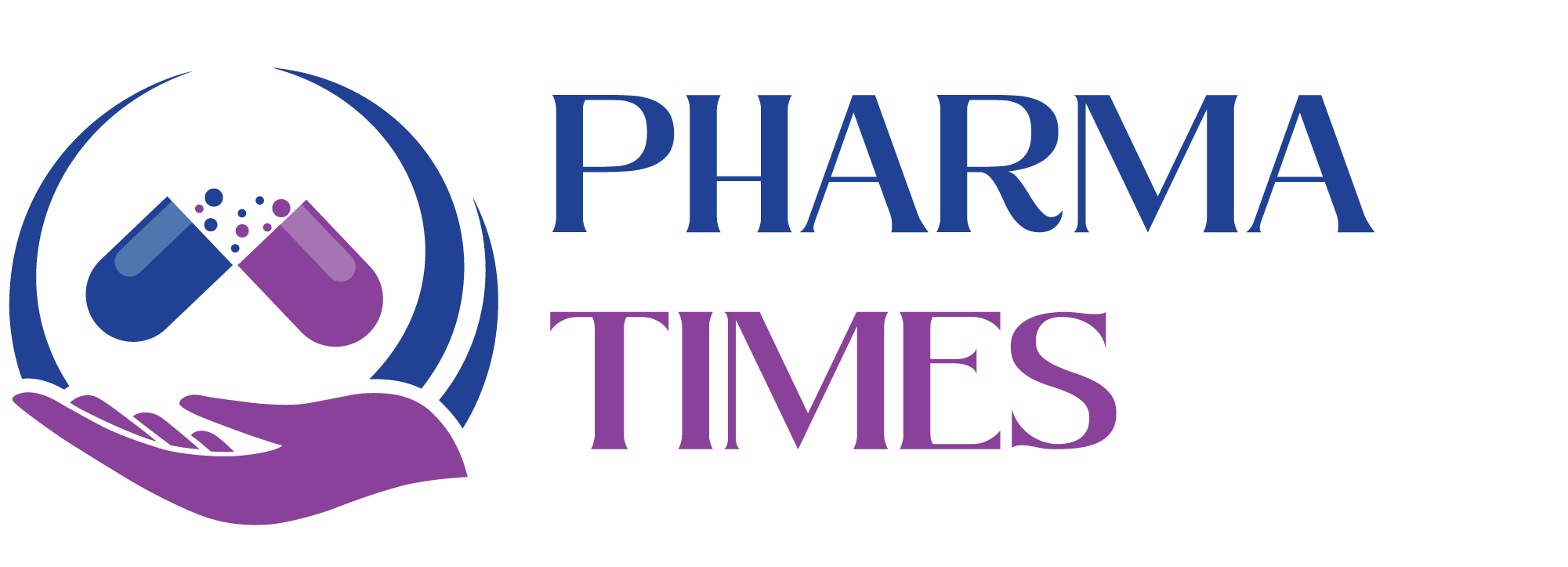“Change Control in Pharma: Ensuring Quality and Compliance”
Change Control in the Pharmaceutical Industry
Change control is a critical process in the pharmaceutical industry, ensuring that any modifications to manufacturing processes, equipment, materials, or documentation are thoroughly evaluated, documented, and approved before implementation. This process helps maintain the quality, safety, and efficacy of pharmaceutical products, complying with stringent regulatory standards.
Key Steps in Change Control
Initiation: A change request is raised, outlining the need for the change. This could be due to regulatory updates, process improvements, or equipment upgrades.
Evaluation: The potential impact of the proposed change is assessed. This includes analyzing how the change might affect product quality, compliance, or manufacturing efficiency. Risk assessments, feasibility studies, and stakeholder consultations are conducted during this phase.
Approval: A designated Change Control Board (CCB), typically comprising quality assurance and regulatory affairs teams, reviews the change. If deemed acceptable, the change is approved for implementation.
Implementation: Once approved, the change is executed following a structured plan. This may involve updating Standard Operating Procedures (SOPs), retraining staff, or making adjustments to manufacturing equipment.
Verification: After implementation, verification ensures that the change was executed properly and that the desired outcomes were achieved without introducing new risks or issues. Regular reviews are also conducted to ensure continuous improvement.
Importance of Change Control
Change control is vital for ensuring regulatory compliance and maintaining high standards in product quality and patient safety. Regulatory bodies like the FDA and EMA require pharmaceutical companies to have a robust change control system in place to avoid deviations from approved processes, which could lead to serious consequences like product recalls, regulatory sanctions, or harm to patients.
Properly implemented change control also facilitates innovation, allowing companies to adopt new technologies or processes while ensuring compliance. It helps minimize risks associated with these changes, thereby promoting continuous improvement in pharmaceutical manufacturing.
Challenges in Change Control
Despite its importance, change control can be complex due to varying regulatory requirements, the need for extensive documentation, and potential resistance to change within organizations. Automating change control processes through an electronic quality management system (EQMS) can streamline operations, reduce errors, and improve overall efficiency.
Conclusion
Effective change control systems are essential in the pharmaceutical industry for managing risks, ensuring compliance, and maintaining product quality. By adhering to a structured process, companies can navigate changes without compromising safety or efficacy, ensuring the continued trust of regulators and patients alike.

